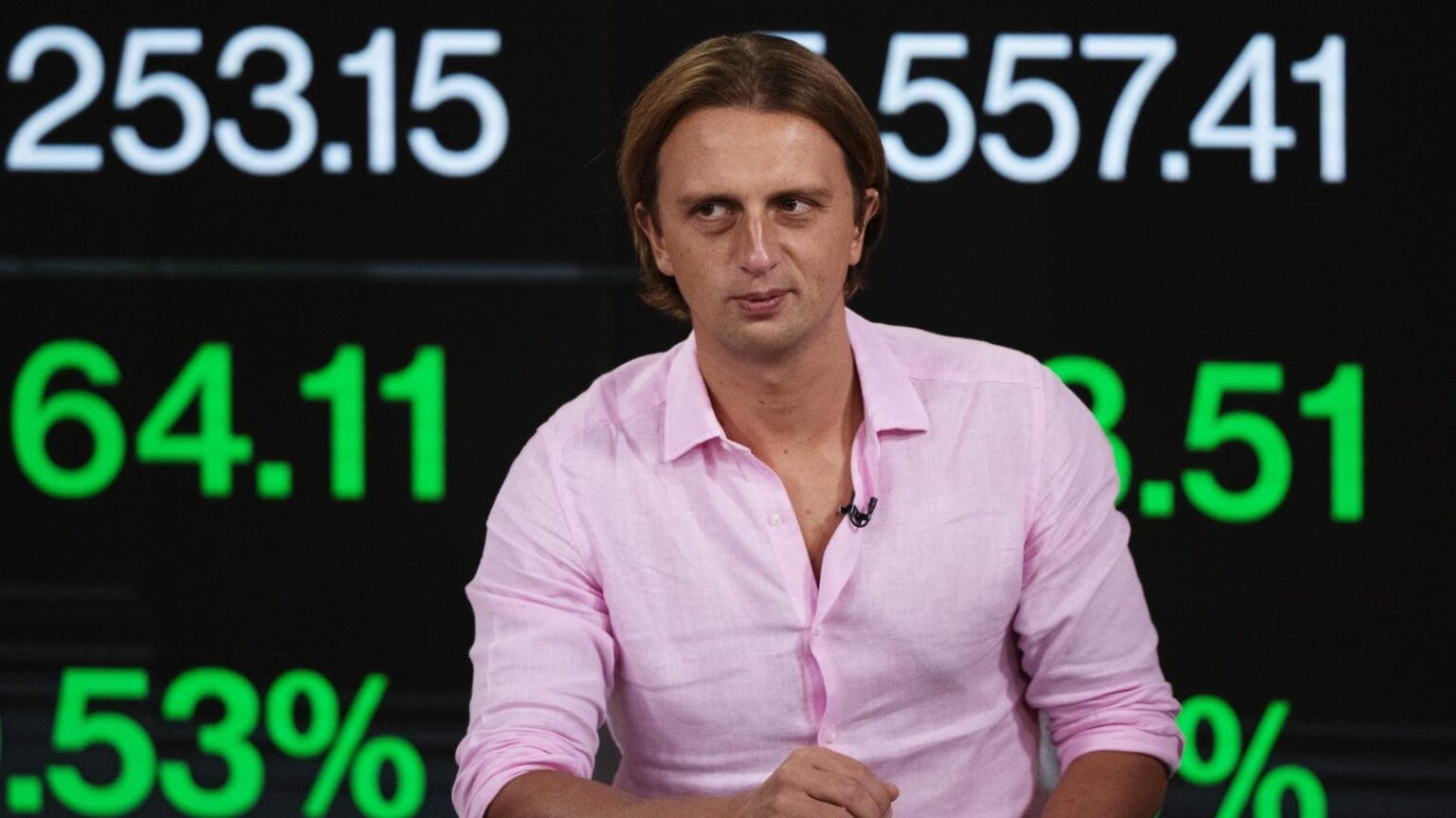Stablecoins are already big business. More than $150 billion worth of Tether
Tether
(USDT), Circle (USDC
USDC
) and other tokens backed by fiat currency (in theory, at least) are held by people around the world and volumes are growing. Now Revolut is going to join the likes of PayPal with its own stablecoin.
Who Will Deliver Stablecoins?
Analysis by the Centre for Economics and Business Research (CEBR) and BVNK has shown that businesses and consumers in the 17 countries that they studied pay a premium to access stablecoins: on average almost 5% more than the standard US dollar price, rising to 30% in countries like Argentina. In 2024, it’s estimated these countries will pay nearly five billion dollars in premiums to access stablecoins, rising to an astonishing $25 billion by 2027. The demand is clear.
(It is not always for good though. Chainalysis determined stablecoins were used nearly three-quarters of all crypto scam transactions last year and more than four-fifths of the payments to sanctioned individuals and companies).
Why is there such demand? A recent YouGov survey (commissioned by Visa and others) of 500 cryptocurrency users in each of five emerging markets found that stablecoins, (almost all of which track the US Dollar) are increasingly seen as the core application in the crypto world, with the primary use being access to dollars for 47% of respondents, better currency conversion rates (presumably to US dollars) for 43% of respondents and cross-border payments (presumably in US dollars) for 32% of respondents.
Right now money gets transferred around the world through banking networks. These work reliably, but they are costly. The messages about money (think SWIFT) are separate from the actual movement of money (think Fedwire) which leads to the need for reconciliation and so on. The idea of sending money directly across the Internet is therefore appealing to Wall Street not because of any ideological position but because it is a way fo reducing costs. This is why, for example, JPMorgan Chase developed their own proprietary blockchain and launched their programmable dollars on top of it. This is a good strategy because in financial services, regulation gives incumbents a chance to leverage their distribution (and lobbying) to slow change while building a counteroffensive.
Bank coins (think, for example, of the Regulated Liability Network, RLN) and stablecoins are, however, different categories of things, not so much apples and oranges as apples and airplanes. As analyst Noelle Acheson puts it, while tokenized bank deposits and stablecoins may sound like the same thing, given that they are both a form of fiat currency on a form of shared ledger, they are actually entirely distinct concepts, and the difference matters for use cases, regulation and the broader appreciation of blockchain potential.
So there are a number of different options for delivering stablecoins to meet the global demand. The question though is who will satisfy it. In my book “The Currency Cold War” (LPP:2020) I was rather bullish on the prospects for stablecoins, saying that there is marketplace logic to the trading of asset-backed currencies in the form of tokens and that there would be an explosion of different kinds of tokens. I also wrote that assuming one important category of asset would be central bank money, then the key area of competition to be considered would be between private asset-based stablecoins and public fiat-backed stablecoins (ie, central bank digital currencies).
The private stablecoins are rolling. With the news that fintech behemoth Revolut is far along in the process of launching its own stablecoin, to join the likes of PayPal which released its dollar-pegged PYUSD
PayPal USD
stablecoin a year ago (currently the fourth-largest such stablecoin with a $730m+ “market cap’), it is hardly hyperbolic to say that we might be looking at a trillion dollar market within a reasonable strategic horizon.
Real Competition
I think that stablecoins are of vital importance to next-generation financial services because they provide genuine competition to the payment systems of today, even in the US where the otherwise innovative financial system lags much of the world. Americans payment cards and banking apps work fine and give a safe and reliable service to customers, the system is slow and expensive with costs rather unevely distributed towards the less well off (who pay a lot to use what little money they have). More competition would be good for everyone.
It is not only about inclusion and equity though. Crypto critics often warn of digital currencies’ potential to destabilize the U.S. dollar, but as Federal Reserve Gov. Christopher Waller argued some time ago, stablecoins’ dependence on the dollar could actually actually strengthen the greenback as in the “web3” world because the new technology provides an opportunity to preserve the dollar as the domnant global currency since, as noted earlier, the demand for digital dollar is extensive and unsatisfied. Right now, the market is clearly telling us that private solutions have traction, especially in the “global south” where
(Companies such as Airtm are already creating simple wallets and enterprise payout solutions, a mix of a local and Wise-like services. Imagine how services like these could be transformed with a global digital dollar.)
There is no doubt about the necessary strategy: America should encourage an energetic but responsible dollar stablecoin ecosystem because the companies that control the stablecoin market will wield substantial influence over the future of money.
Read the full article here

